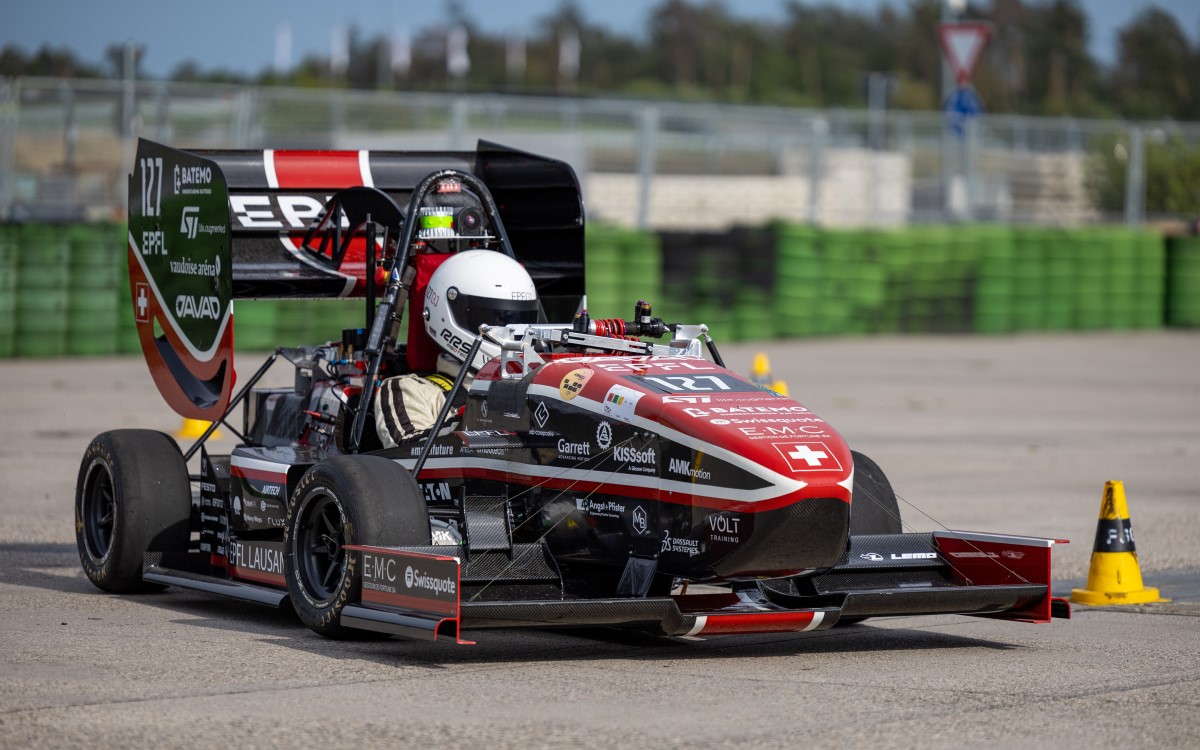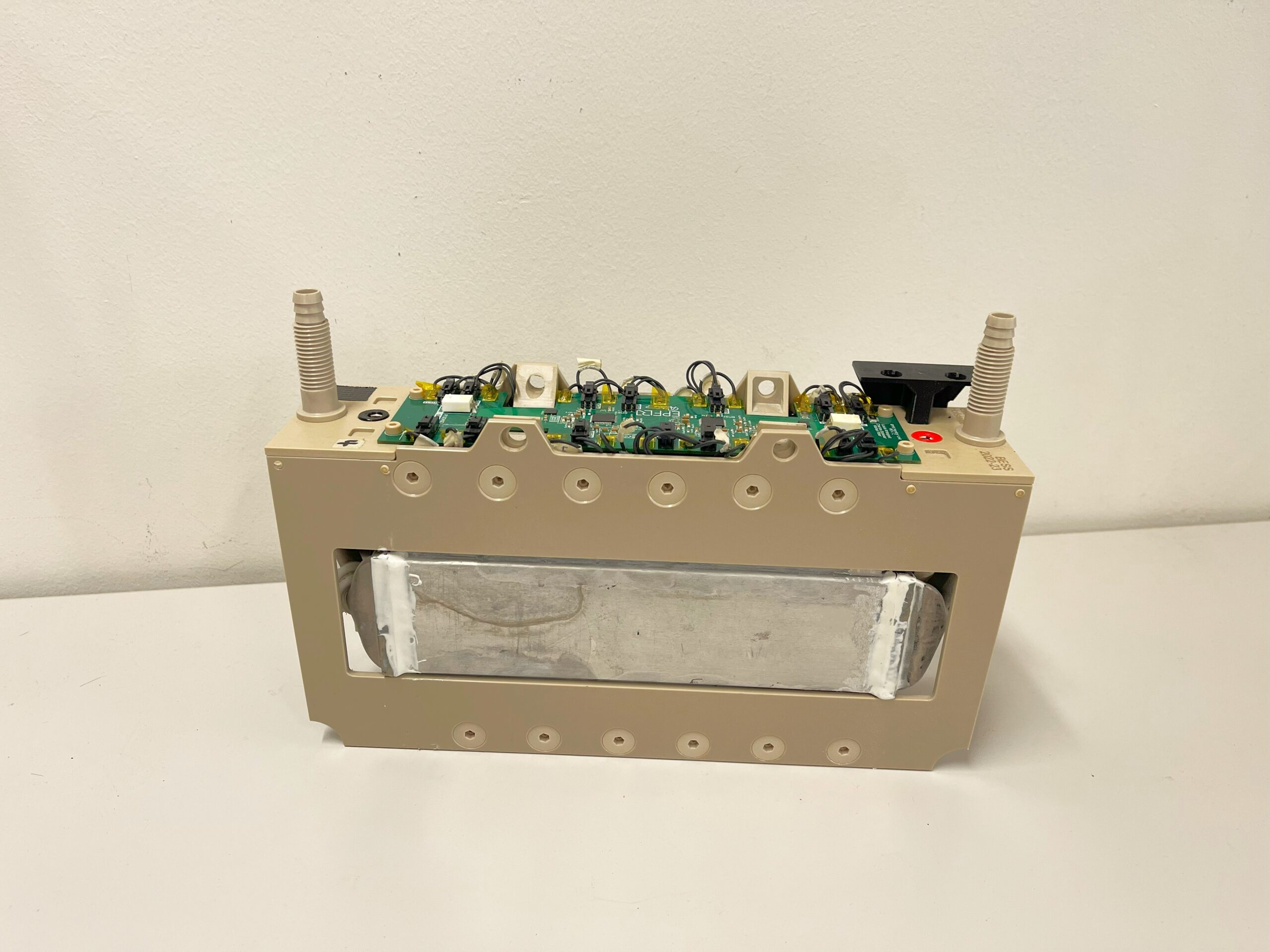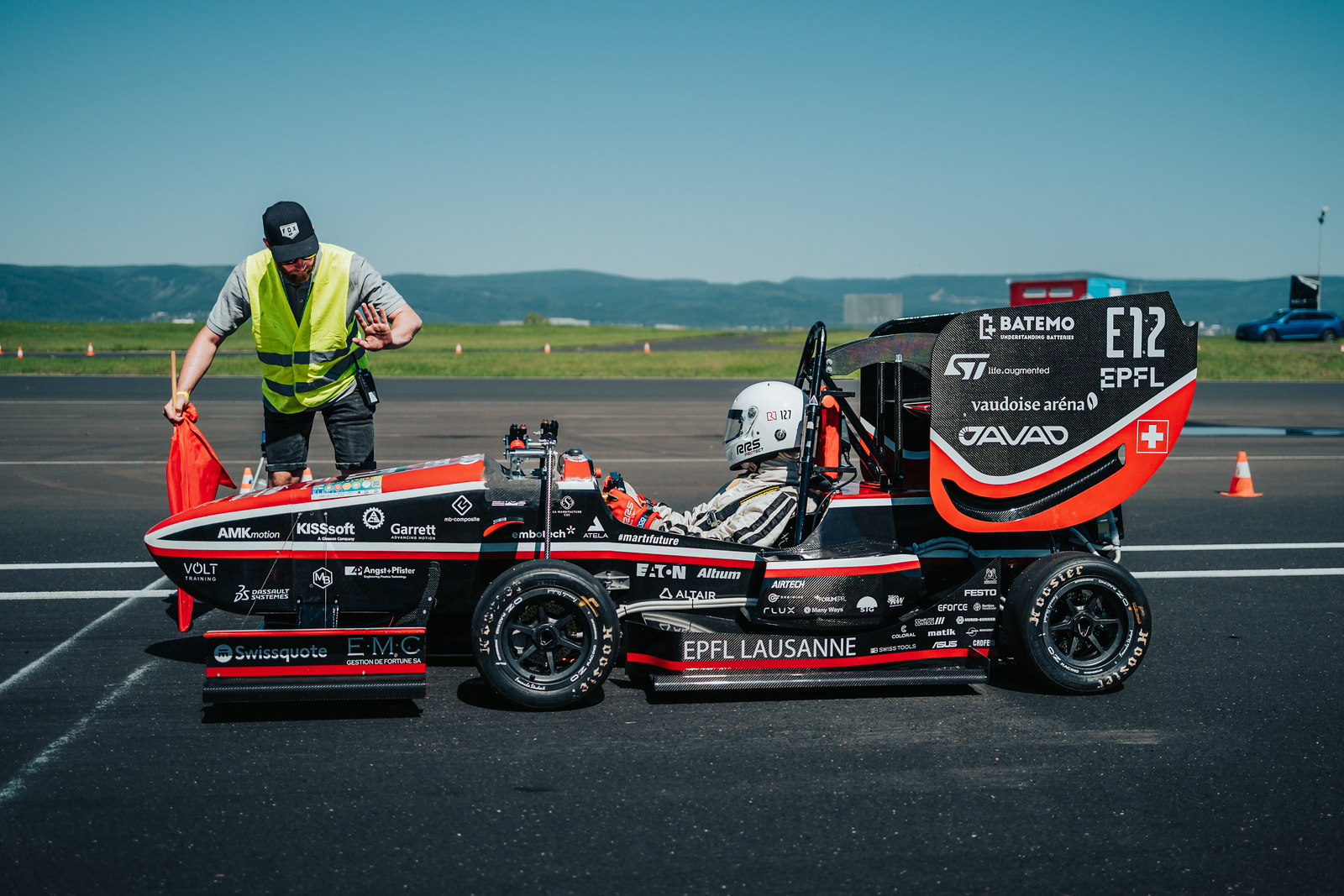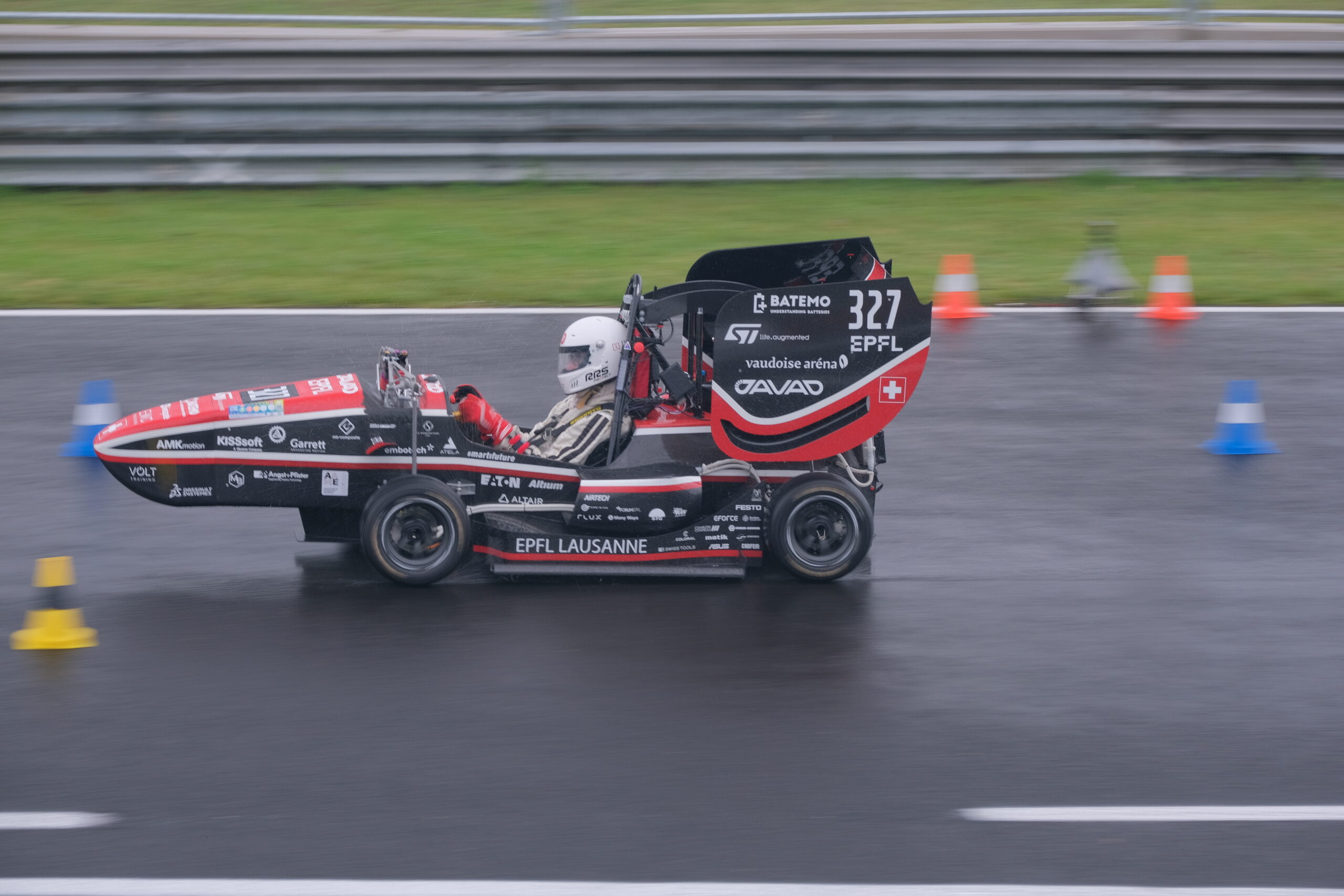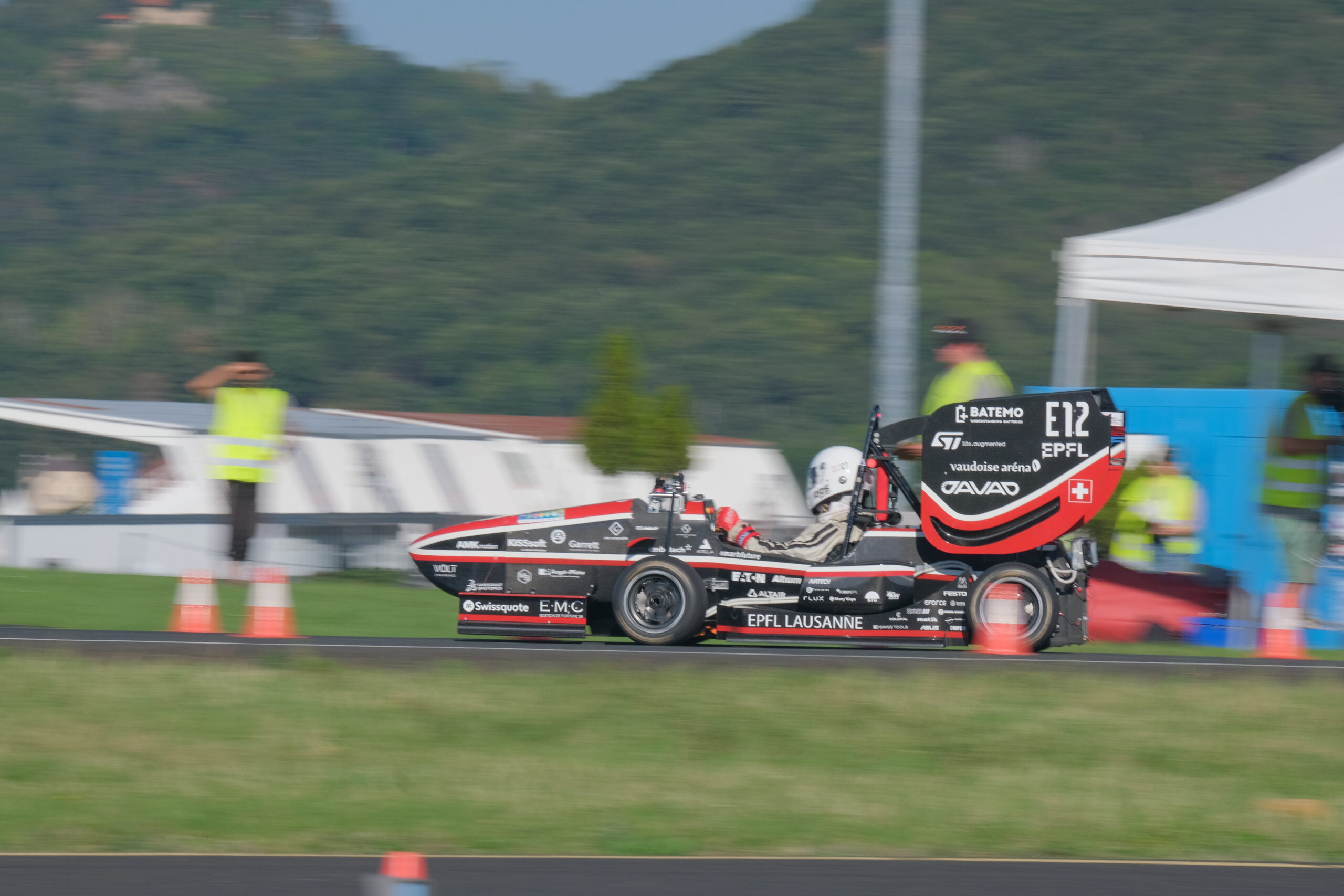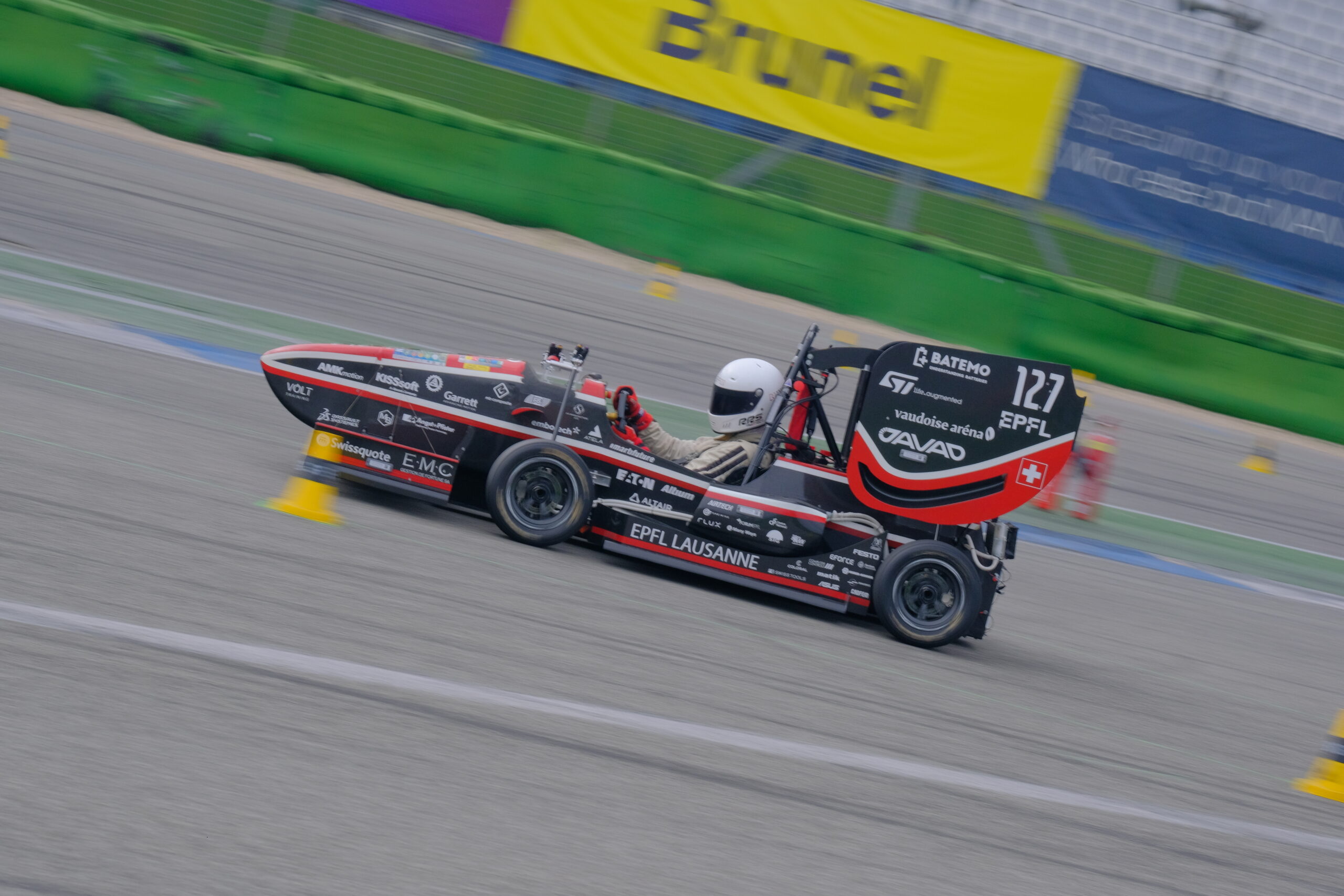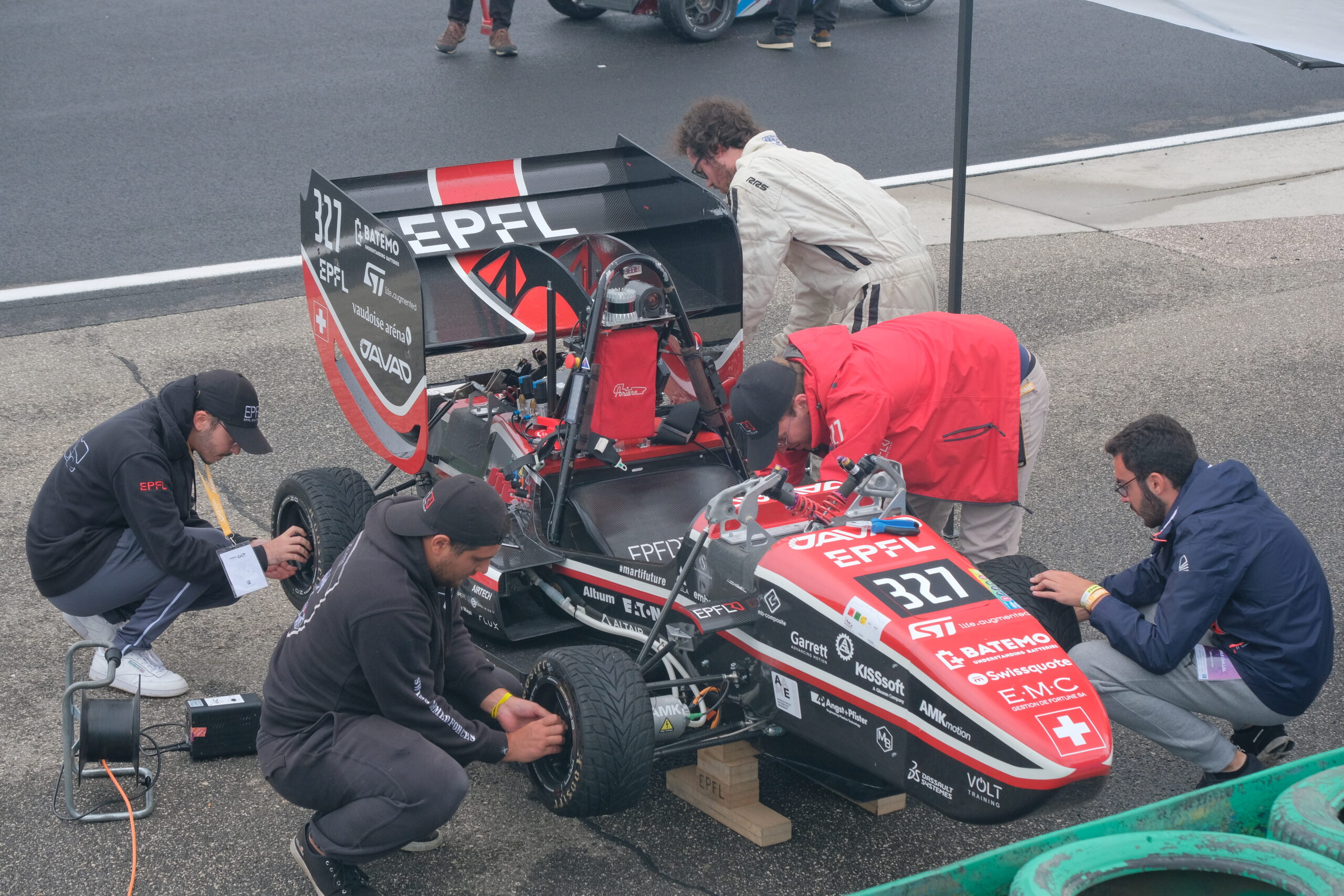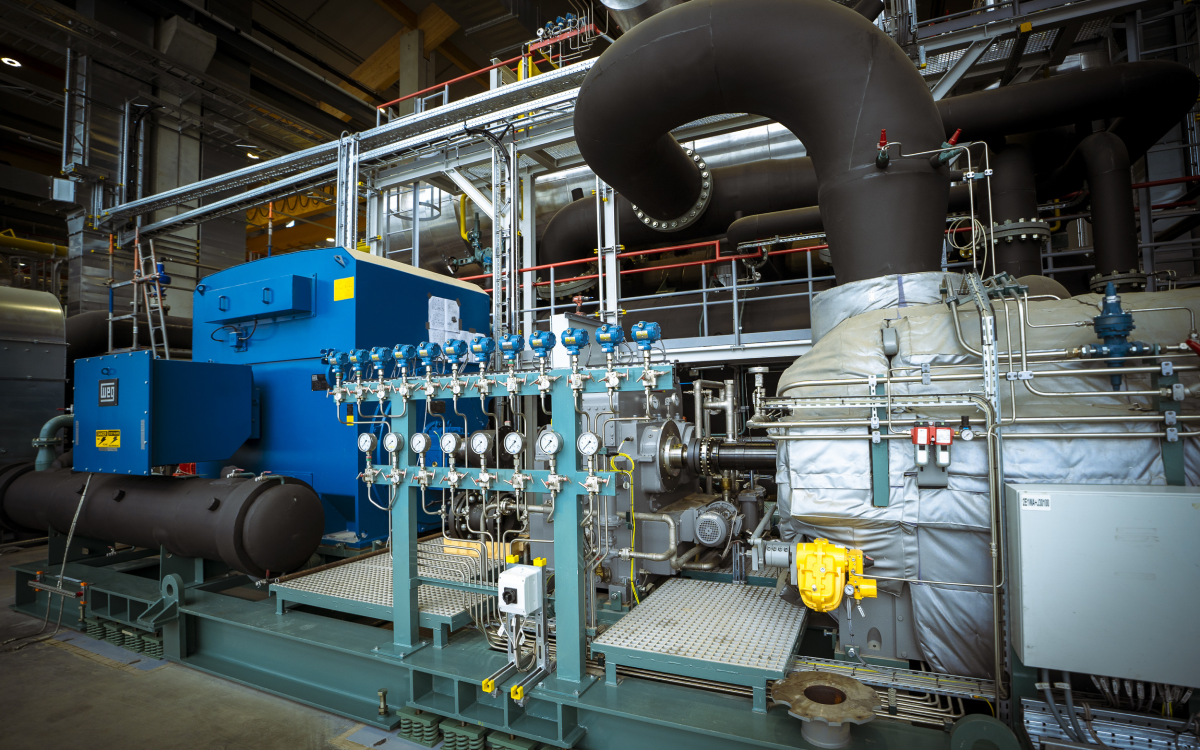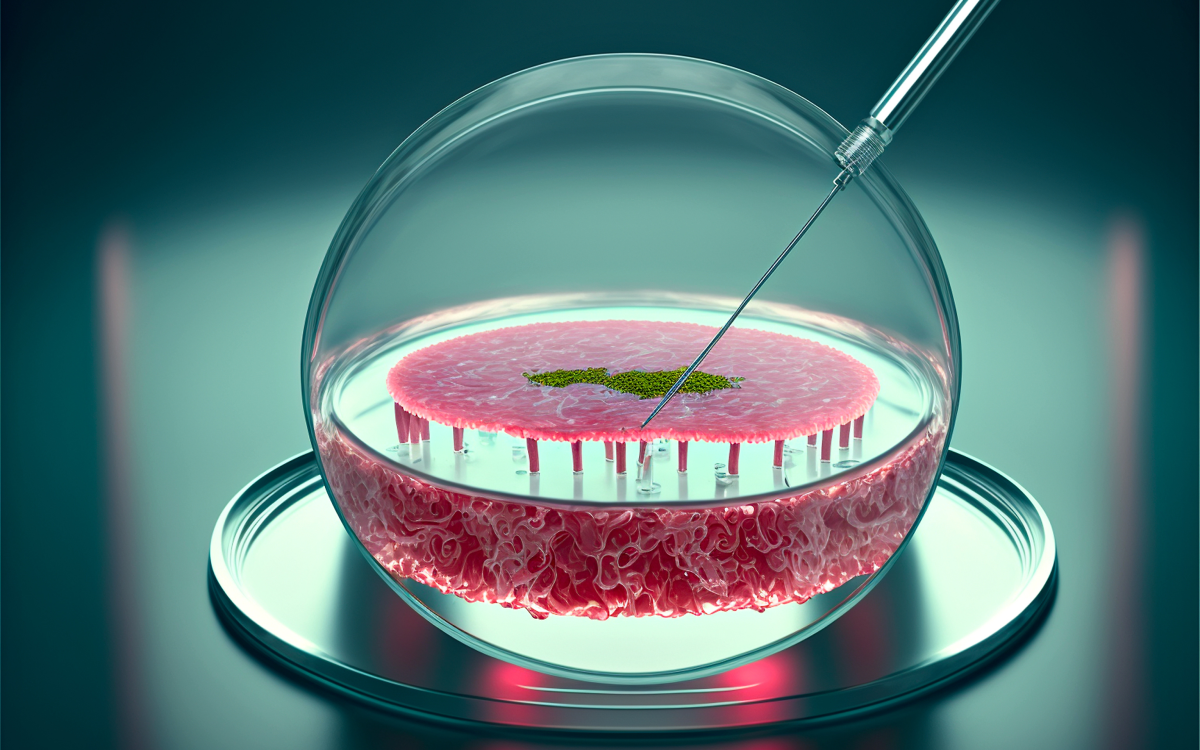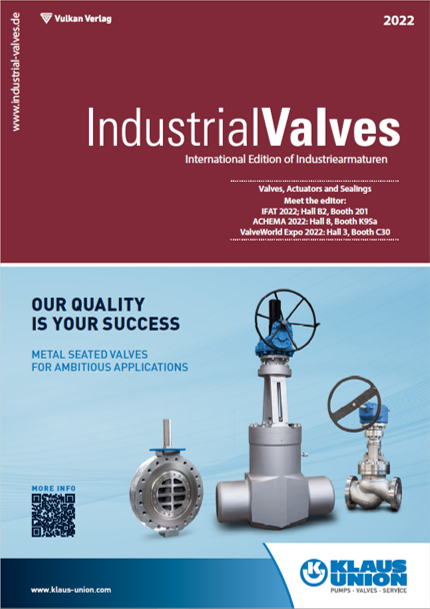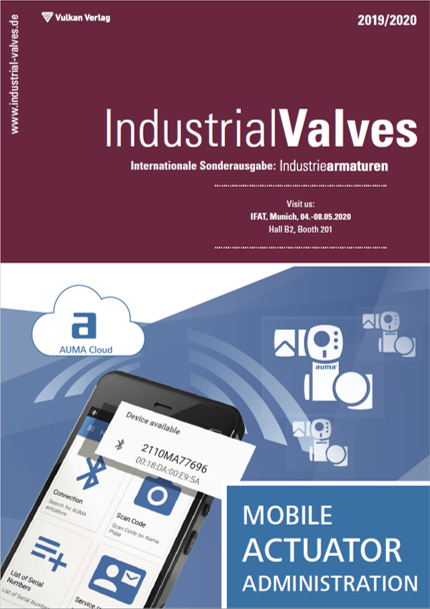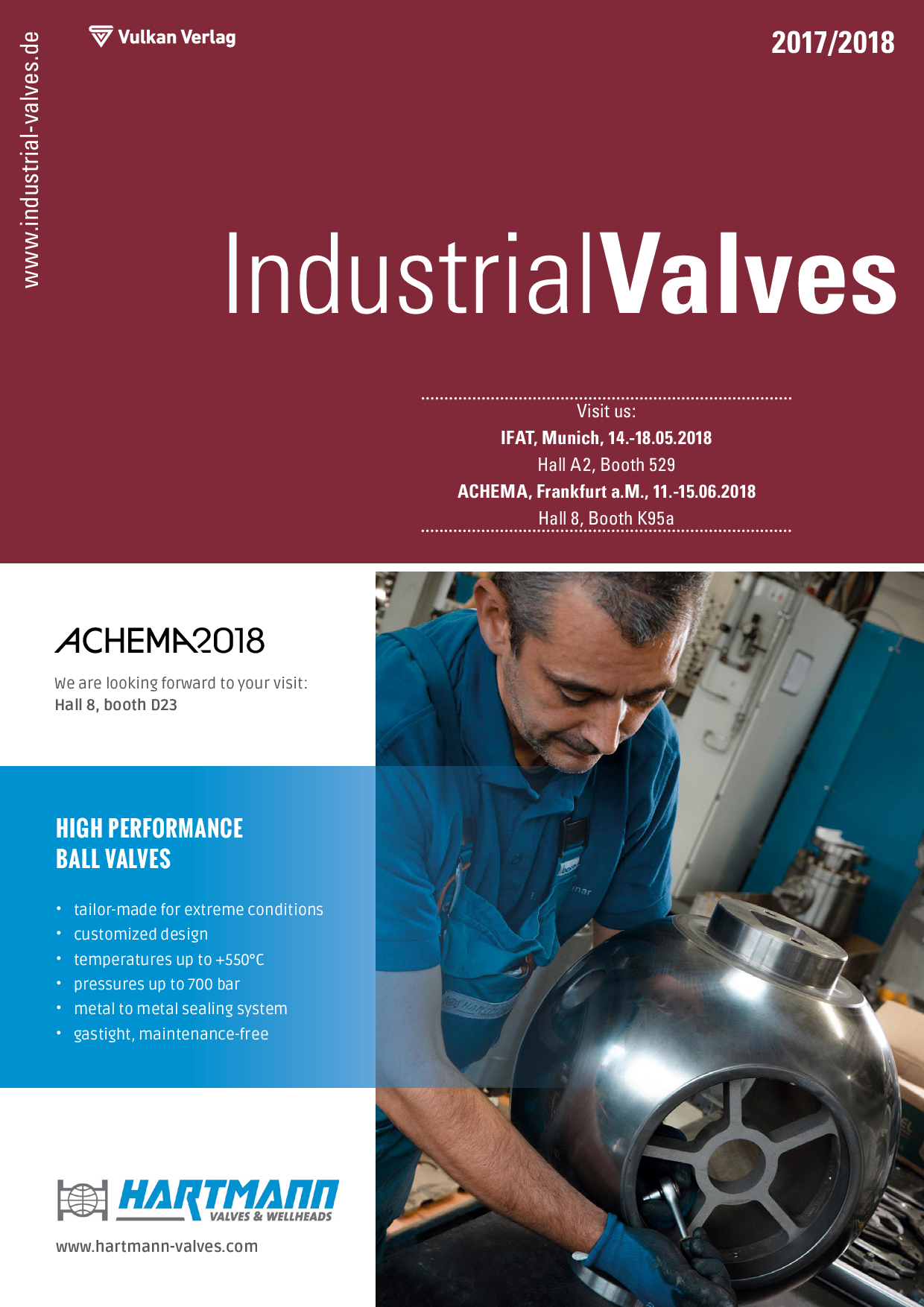Ambitious and with many innovations in the vehicle, the “EPFL Racing Team” wants to join the world’s elite in the Formula Student competition. For this, they also invested in a more powerful high-voltage battery. A seal manufacturer from Switzerland supported the project with materials and know-how.
Formula Student is a competition for aspiring engineers. Student teams from over fifty countries and hundreds of universities design and build their own racing cars for this purpose. They collect points in static disciplines as well as in dynamic ones on the racetrack.
The “EPFL Racing Team” was formed in 2017 at the École Polytechnique Fédéral de Lausanne (EPFL). In 2019, it participated in competitions for the first time. It now consists of around a hundred students and has built its fourth racing car “Ariane” for the 2023 season.
Cars reach around 100 km/h
The students of the EPFL Racing Team design a new racing car every year: The design starts in September and the cars are ready for use by May. A testing phase follows in June and competitions start in July. The drivers are each chosen at a internal karting team event in Switzerland.
“With Ariane, we wanted to catch up with the leading teams”, says Etienne Hofstetter, who is responsible for the high-voltage battery with his team.
In the first years, we made it into the midfield. Acceleration, agility, and reliability of the cars are crucial for success on the track. On relatively short straights, they reach maximum speeds of around one hundred kilometers per hour.
Strict inspections for competitive showdowns
The competitions take place partly on well-known racetracks such as the Hungaroring or the Hockenheimring. They last one week each and start with inspections of the vehicle. Only the ones passing them are admitted to the dynamic competitions. For example, there are concept presentations to judges who evaluate engineering competence and business acumen. In addition, the acceleration on straights is tested too. The crowning conclusion is the endurance race. Efficiency will also be evaluated: How much energy do the cars consume for the time achieved?
For participation, there is a complex 130-page set of rules, the majority of which revolves around safety.
“For the new season, the association increased the requirements for battery construction in terms of fire protection standards”, says Etienne Hofstetter.
This involves structural plastic parts. They hold the soldered battery cells together and protect them. So far, the team had ordered the material for this, so-called POM-C plates, from the seal manufacturer Angst+Pfister online shop and then manufactured the parts themselves.
Racing team looking for a competent partner
The battery team needed new materials adhering to the UL94-V0 fire protection standard in order to comply with the 2023 regulations. This is material where flames must extinguish within ten seconds and may only glow for a maximum of thirty seconds.
“Research showed that the previous POM-C does not meet the fire protection standard, but we could not afford high-performance plastics like PEEK. We needed quite a bit of raw material that had to be milled”, said Etienne Hofstetter. So, he turned to Angst+Pfister.
Design has been optimised
“With these requirements and its temperature resistance, only PEEK was really suitable”, says Marco Reichlin, Business Segment Leader Plastics Technology at Angst+Pfister in Switzerland.
PEEK is the jack-of-all-trades among plastics, which is also reflected in its price. However, we were infected by the enthusiasm of the students and wanted to meet them.
“Young talented people with goals are in demand! We were happy to commit as a Silver Sponsor, not only providing materials but also producing the finished parts in our Embrach turning and milling center.”
Mauro Carenza was the responsible Product Application Engineer at Angst+Pfister, who was able to contribute not only a lot of experience but also his material and engineering know-how.
“He suggested a special assembly of the parts, which was unknown to us. That’s why we optimized our design again based on his inputs”, says Etienne Hofstetter. “The technical progress from the first to the current car is noteworthy”, praises Marco Reichlin. The cooperation of the individual teams for chassis, electronics, drive and so on is also impressive.
Good results for the EPFL Racing Team
In July, the EPFL Racing Team started at the first Formula Student competition in Switzerland, but still focused on static disciplines. The team immediately secured two podium places: At the “Cost and Manufacturing” and “Engineering Design Event” competitions, it ranked third each time. This gave them optimism for the upcoming competitions. However, a mishap occurred at the Hungaroring during the brake test for autonomous driving: the car scraped a pylon, breaking the steering rod.
In a hurry, team members in Lausanne made new parts and brought them to the next event at the Autodrom Most in the Czech Republic. There, the team was able to compete in dynamic competitions for the first time and achieved the fastest acceleration in their team history. That was enough for 8th place out of 36. In addition, there was a fifth place in the “Cost and Manufacturing” category. “That’s where we wanted to go”, says Etienne Hofstetter happily.
Finally, the most important event took place in Hockenheim, Germany. The EPFL team impressed with a 13th place (out of 71 teams) in Engineering Design.
“My personal highlight was the flawless battery inspection with praise from the inspectors. Few pass it at the first attempt.” So thanks should also go to Angst+Pfister. “They enabled us to present a very professional battery.”
